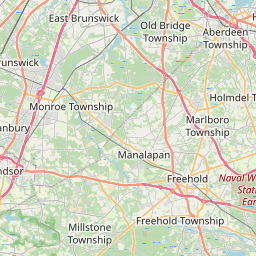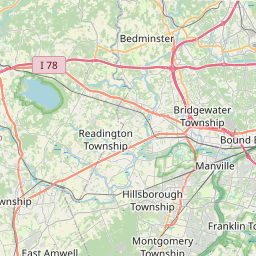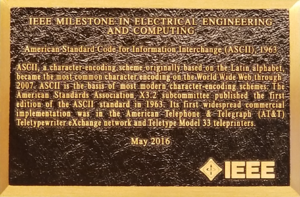Milestones:American Standard Code for Information Interchange ASCII, 1963
- Date Dedicated
- 2016/05/19
- Dedication #
- 163
- Location
- Middletown, NJ
- IEEE Regions
- 1
- IEEE sections
- New Jersey Coast
- Achievement date range
- 1963
Title
American Standard Code for Information Interchange (ASCII), 1963
Citation
ASCII, a character-encoding scheme originally based on the Latin alphabet, became the most common character encoding on the World Wide Web through 2007. ASCII is the basis of most modern character-encoding schemes. The American Standards Association X3.2 subcommittee published the first edition of the ASCII standard in 1963. Its first widespread commercial implementation was in the American Telephone & Telegraph (AT&T) Teletypewriter eXchange network and Teletype Model 33 teleprinters.
Street address(es) and GPS coordinates of the Milestone Plaque Sites
AT&T Labs, 200 S Laurel Ave., Middletown, NJ 07748 US (40.396997, -74.136003)
Details of the physical location of the plaque
In the AT&T Science and Technology Innovation Center near the other 2 IEEE Milestone plaques for Project Echo, Telstar, and Discovery of Cosmic Background Radiation; and Trans-Atlantic Telephone Fiber-Optic Submarine Cable (TAT-8).
How the plaque site is protected/secured
The site has security staff, and is accessible to the public from 8am-5pm.
Historical significance of the work
See URL - http://en.wikipedia.org/wiki/ASCII
The American Standard Code for Information Interchange (ASCII /ˈæski/ ass-kee) is a character-encoding scheme originally based on the English alphabet that encodes 128 specified characters - the numbers 0-9, the letters a-z and A-Z, some basic punctuation symbols, some control codes that originated with Teletype machines, and a blank space - into the 7-bit binary integers. ASCII codes represent text in computers, communications equipment, and other devices that use text. Most modern character-encoding schemes are based on ASCII, though they support many additional characters. ASCII developed from telegraphic codes. Its first commercial use was as a seven-bit teleprinter code promoted by Bell data services. Work on the ASCII standard began on October 6, 1960, with the first meeting of the American Standards Association's (ASA) X3.2 subcommittee. The first edition of the standard was published during 1963, a major revision during 1967, and the most recent update during 1986. Compared to earlier telegraph codes, the proposed Bell code and ASCII were both ordered for more convenient sorting (i.e., alphabetization) of lists, and added features for devices other than teleprinters. ASCII includes definitions for 128 characters: 33 are non-printing control characters (many now obsolete) that affect how text and space are processed and 95 printable characters, including the space (which is considered an invisible graphic). The IANA prefers the name US-ASCII to avoid ambiguity. ASCII was the most commonly used character encoding on the World Wide Web until December 2007, when it was surpassed by the ASCII-derived UTF-8
Features that set this work apart from similar achievements
This effort brought about an agreement on standards used across telecommunication and computer industries. It endured through worldwide implementation over decades and continues to be included in the UTF-8 coding which superseded ASCII.
Significant references
- An easy to read article is available on Wikipedia, http://en.wikipedia.org/wiki/ASCII
- Little, John L., “Impact of the ASCII code and printing devices on conventions for alphanumeric display terminals: Part I,” IEEE Communications Society, March 1973.
- American Standard Code for Information Interchange, ASA X3.4-1963, American Standards Association, June 17, 1963.
- X3.2 membership, www.wps.com/J/codes/X3.4-1963/index.html, page 4.
- IETF RFC20: ASCII format for Network Interchange.
- UTF-8 (UCS Transformation Format—8-bit, http://en.wikipedia.org/wiki/UTF-8.
Supporting materials
See above references
Map













